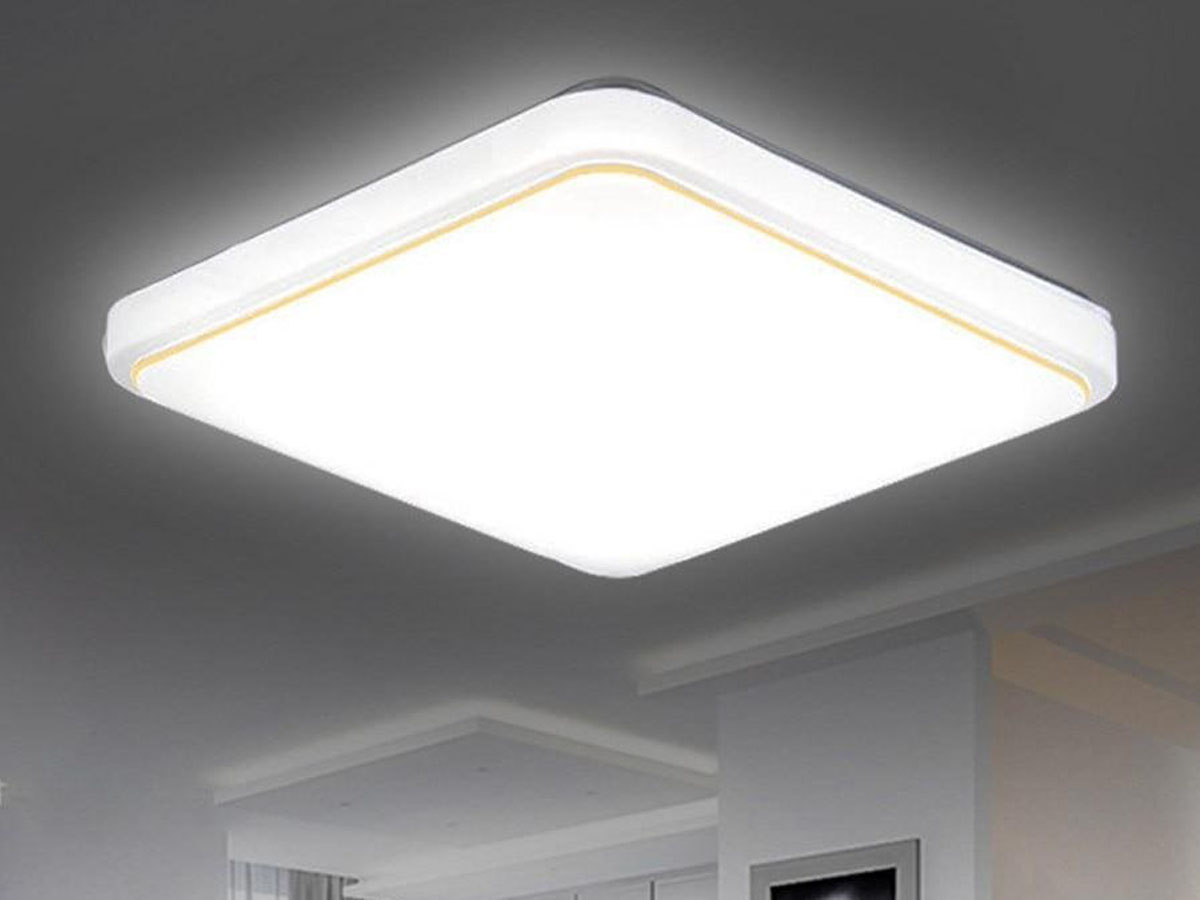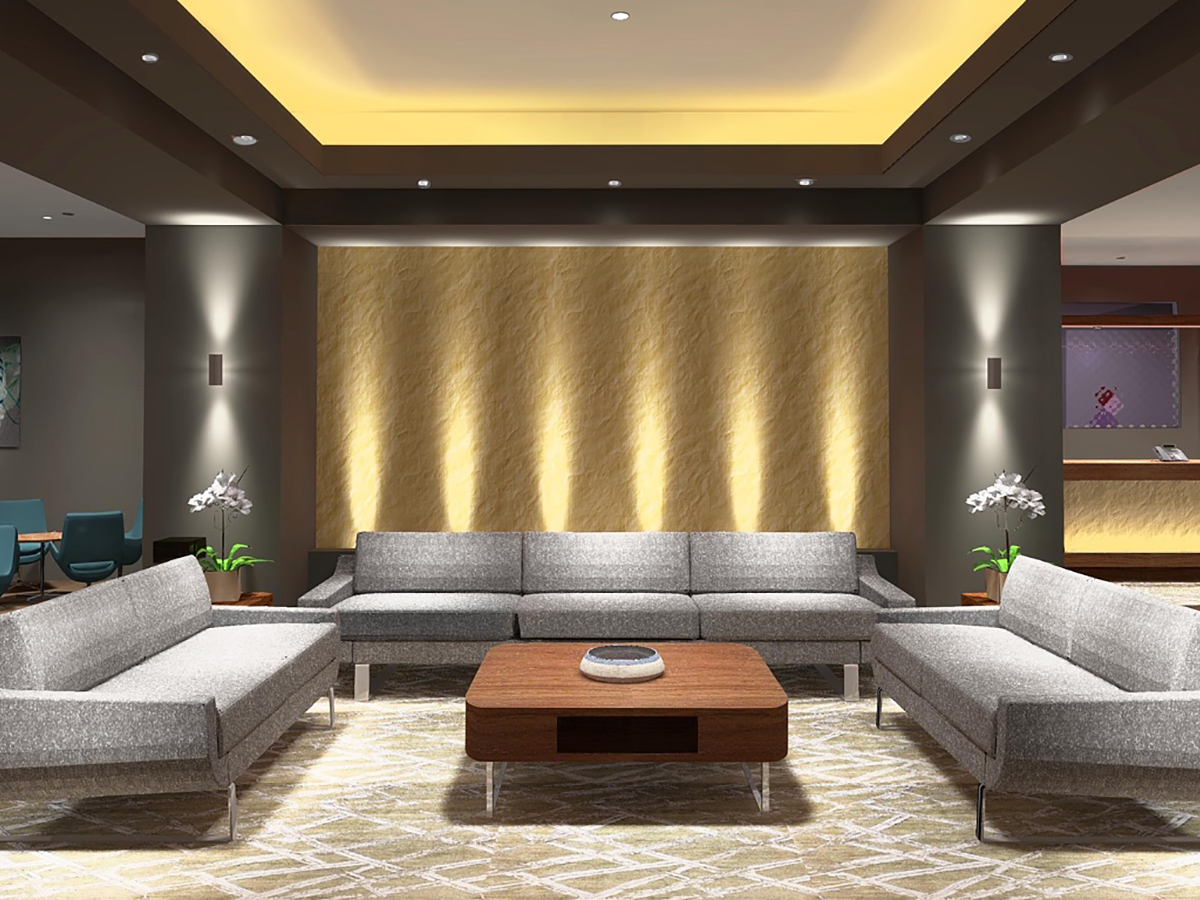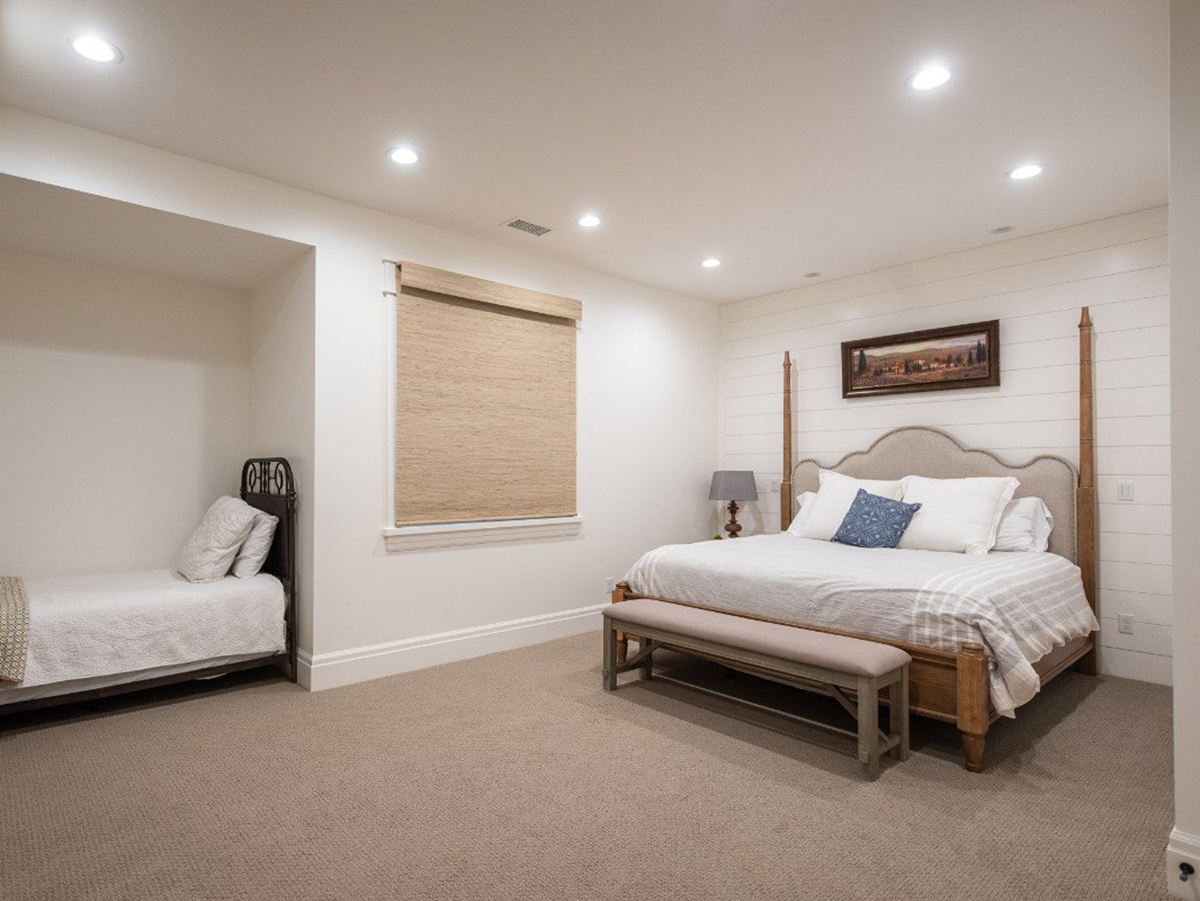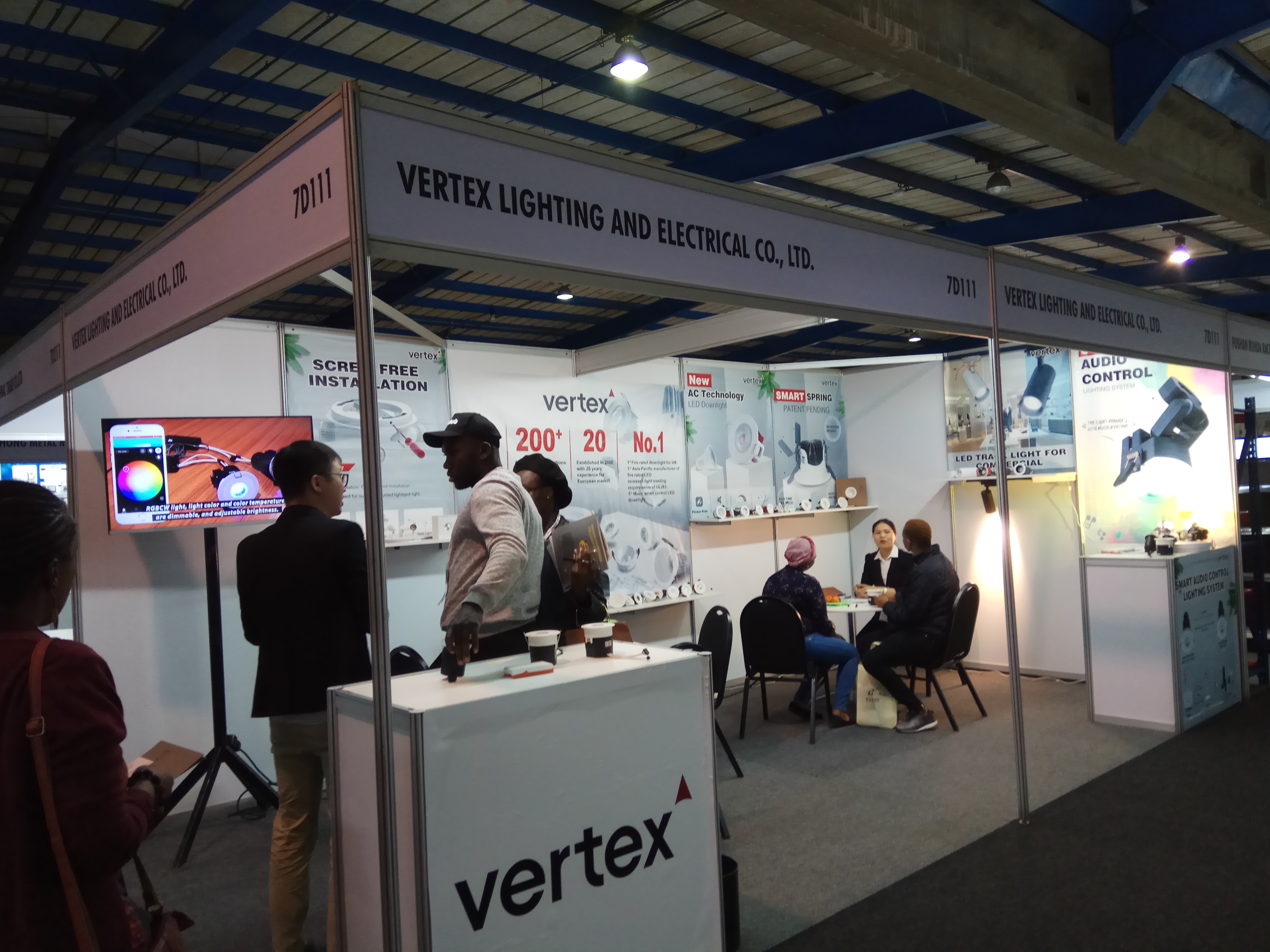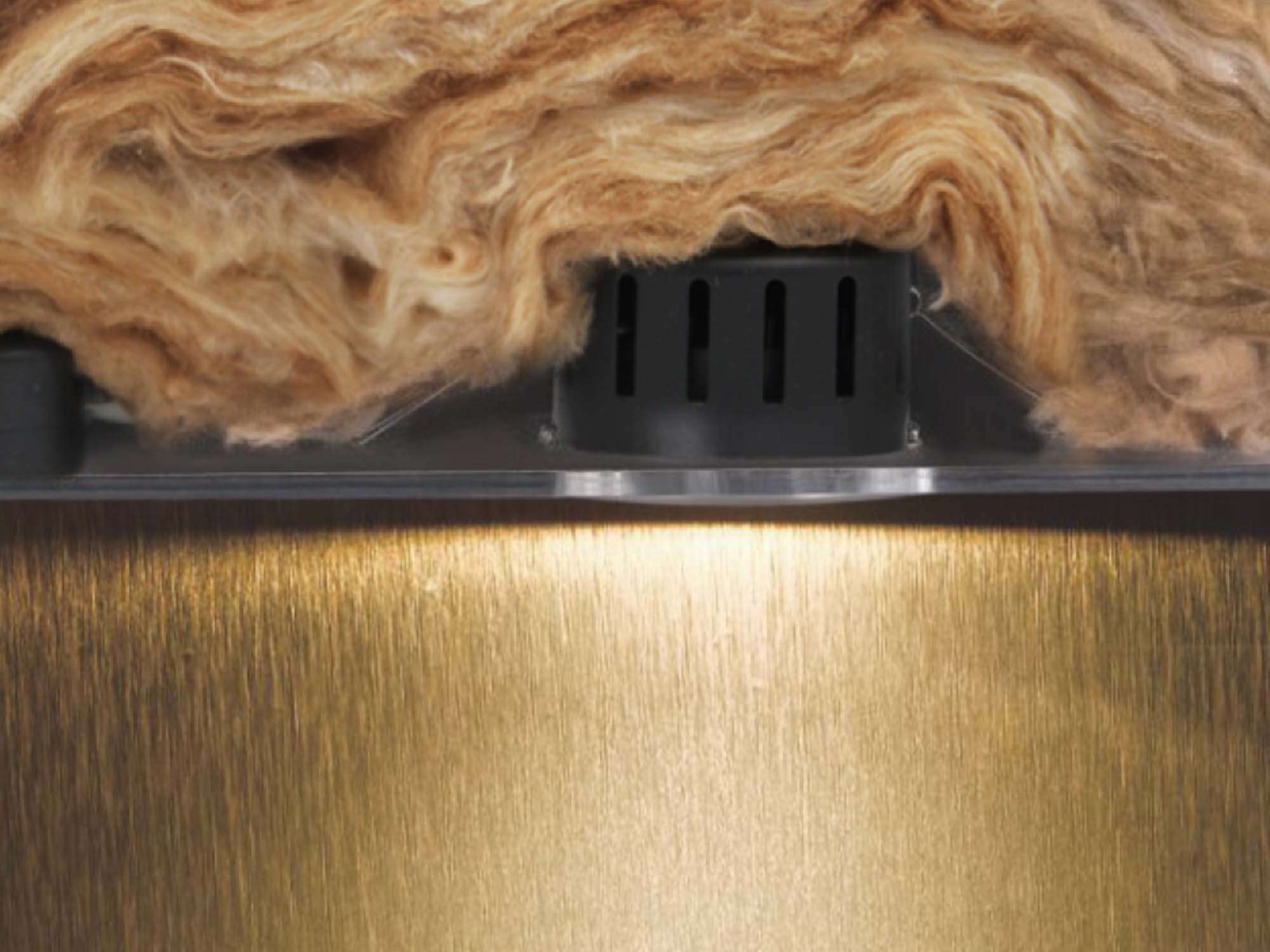Electrical performance:
A good drive power can determine the life of a product. The standards and parameters of electronics are often much more complicated than the structure, and the initial research and development effort is also relatively large. When the power supply of a led panel light is designed, the preliminary plan, product introduction, standard specification basis, safety specification basis, electrical performance expected value, process requirements, raw material evaluation, test methods, etc. must be formed into a system file.

Light performance:
The optical performance of LED panel lights mainly involves the performance requirements of luminosity, spectrum and chromaticity. Mainly include luminous peak wavelength, spectral radiation bandwidth, axial luminous intensity angle, luminous flux, radiant flux, luminous efficiency, chromaticity coordinates, correlated color temperature, color purity and dominant wavelength, color rendering index and other parameters. The white LED commonly used in LED panel lights has very important color temperature, color rendering index and illuminance. It is an important indicator of lighting atmosphere and effect, but the color purity and dominant wavelength are generally not high.
Thermal performance:
LED panel lights, the luminous efficiency and power supply is one of the keys to the LED panel light industry. The PN junction temperature of the LED and the heat dissipation of the shell are very important. The greater the difference between the PN junction temperature and the lamp body temperature, the greater the thermal resistance. When the light energy is converted into heat energy, the LED will be damaged. A good structure must not only consider the structure of the luminaire and the thermal resistance of the LED, but also whether the appearance of the luminaire is reasonable, fashionable, and novel, and of course reliability, maintainability and practicality. Think from an angle, and consider the product from the user's point of view.
Based on the above simple analysis, the three technologies are related and must be considered comprehensively and matched with each other to achieve. It is a comprehensive indicator. At the same time, we must also consider the issue of cost. It cannot be assumed that the use of high-level materials is good.
